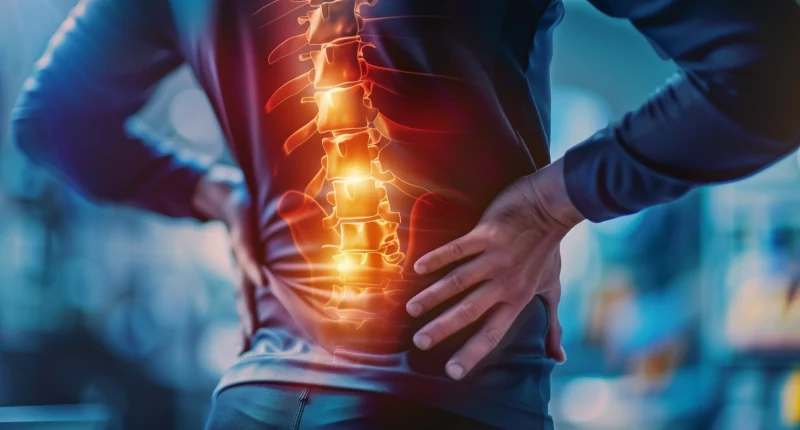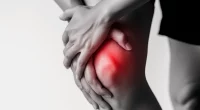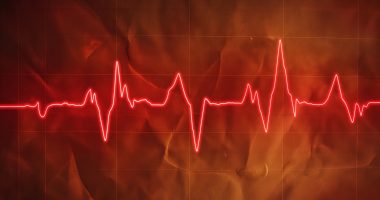Spondylolysis
Spondylolysis of the spine in humans – what is it?
Spondylolysis is a defect (gap) in the interarticular segment of the vertebral arch that can be seen on one or both sides.
Spondylolysis, a common spinal condition, is characterized by a defect or stress fracture in the pars interarticularis of a vertebra, primarily affecting the lower back (lumbar spine). It is a significant cause of lower back pain, especially among athletes in sports requiring repetitive twisting and extension movements. This article delves into spondylolysis, exploring its causes, symptoms, diagnosis, treatment options, and strategies for recovery and prevention.
About the disease
In clinical practice, spondylolysis is often considered a pathology against which spondylolisthesis (excessive mobility of vertebrae with disruption of their anatomical position) is formed. Spondylolysis, which has less pronounced clinical and radiologic symptoms than spondylolisthesis, often remains undiagnosed and, therefore, untreated.
Bilateral spondylolysis is more common than unilateral spondylolysis. The “favorite location” of the spondylolysis process is the fifth lumbar vertebra. This localization corresponds to 85% of pathology, and the fourth lumbar vertebra is affected in 10% of clinical observations. In addition to lumbar localization of spondylolysis, pathology can also be found in the cervical vertebrae.
The disease is manifested by pain and discomfort in the lumbar region. The final diagnosis is verified by X-ray scans, with CT scans being more informative. Depending on the severity of the pathological process, spondylolysis can be treated either conservatively or surgically.
Types
By localization, spondylolysis can be:
- lumbar;
- cervical (rare variant).
Depending on the severity of pathological changes, which are assessed according to the data of radial diagnostics, there are 4 degrees of severity of spondylolysis.
Symptoms of spondylolysis
The clinical picture of the disease is dominated by pain syndrome of lumbar localization. Pain is not a mandatory symptom of spondylolysis. Such manifestations as structural disorders, muscle tension, and vertebral dysfunction, as a rule, if present, are insignificant. When spondylolisthesis joins the symptomatology, radicular syndrome with low back pain, which may irradiate to the leg, is added to the symptomatology.
Symptoms of spondylolysis vary, with some individuals remaining asymptomatic, while others experience:
- Lower back pain, often worsening with activity and alleviating with rest.
- Hamstring tightness.
- Radiating pain to the buttocks and thighs (in advanced cases).
- Neurological symptoms such as numbness or weakness (rare).
Reasons
Spondylolysis of the spine in humans – what is it from a causal point of view? In modern orthopedics, 2 points of view prevail:
- Congenital etiology. It is believed that disorders that develop at the embryonic stage can lead to the disease. They affect the ossification nuclei in the vertebral processes that comprise the vertebral arches.
- Acquired etiology. It is formed due to a “stress” fracture of the interarticular part of the vertebral arch due to its separation by the articular processes of adjacent (most often upper) vertebrae.
Other important links in the pathogenesis of this multifactorial disease are degeneration of adjacent intervertebral discs, lumbar hyperlordosis (excessive forward protrusion of the lumbar curve of the spine), and a decrease in the cross-sectional area of the lower lumbar or first sacral vertebrae, decreased bone mineral density, dysplasia of the lumbosacral segment, genetic predisposition and several other factors.
Diagnosis
Reliable diagnosis of spondylolysis, in addition to the study of complaints, history, and clinical symptoms, is based on a CT scan of the lumbar spine. MRI in cases of isolated and multiple spondylolysis has less diagnostic value. However, it can also be used to detect objective signs of cartilage defect in the area of the interarticular part of the vertebral arch without ionizing radiation on the patient’s body.
Treatment of spondylolysis
Conservative methods carry out treatment in most cases. But sometimes surgery may be indicated for spondylolysis.
Conservative treatment
The main components are:
- reduction of physical activity during the exacerbation period;
- taking non-steroidal anti-inflammatory drugs;
- physical therapy;
- wearing a corset;
- massage.
Conservative therapy is aimed at pain management.
Surgical treatment
Surgical intervention removes scar tissue in the pathologically altered area, followed by bone grafting or fusion of segments with titanium structures.
All these treatment options are available in more than 770 hospitals worldwide (https://doctor.global/results/diseases/spondylosis). For example, this procedure can be performed in 31 clinics across Turkey for an approximate price of $6.0 K (https://doctor.global/results/asia/turkey/all-cities/all-specializations/procedures/cervical-fusion).
Recovery and Rehabilitation
Recovery from spondylolysis varies, with many patients experiencing significant improvement within weeks to months of conservative treatment. Rehabilitation focuses on:
- Building core strength to support the lumbar spine.
- Enhancing flexibility, particularly in the hamstrings.
- Gradually returning to normal activities with modifications to avoid recurrence.
Prevention
Prevention aims to gradually increase physical activity to adapt the musculoskeletal system to the increasing load.
Preventive strategies for spondylolysis include:
- Proper technique in sports and activities.
- Core strengthening exercises.
- Flexibility training, especially for the hamstrings and lower back.
- Regular check-ups for athletes at risk, to catch early signs of the condition.
Rehabilitation
After surgical treatment, complex rehabilitation is carried out, which consists of physical procedures, massage, and therapeutic exercise.
Living with Spondylolysis
For many, spondylolysis is a manageable condition that, with proper treatment and lifestyle adjustments, does not have to limit activities or quality of life. Ongoing management and awareness can prevent exacerbation and further injury.
Conclusion
Spondylolysis is a prevalent condition, particularly among young athletes, that can significantly impact daily activities and performance due to lower back pain. Understanding the condition, early diagnosis, and appropriate treatment are crucial for effective management and recovery. With the right approach, individuals with spondylolysis can lead active, fulfilling lives.



